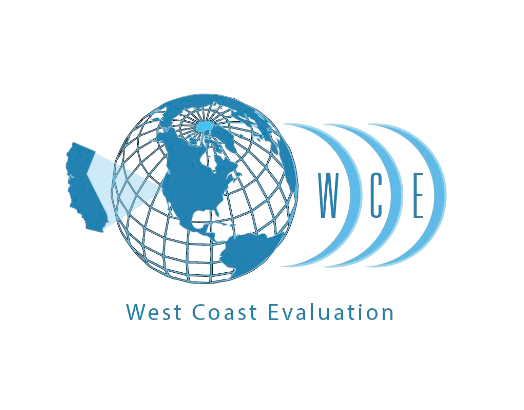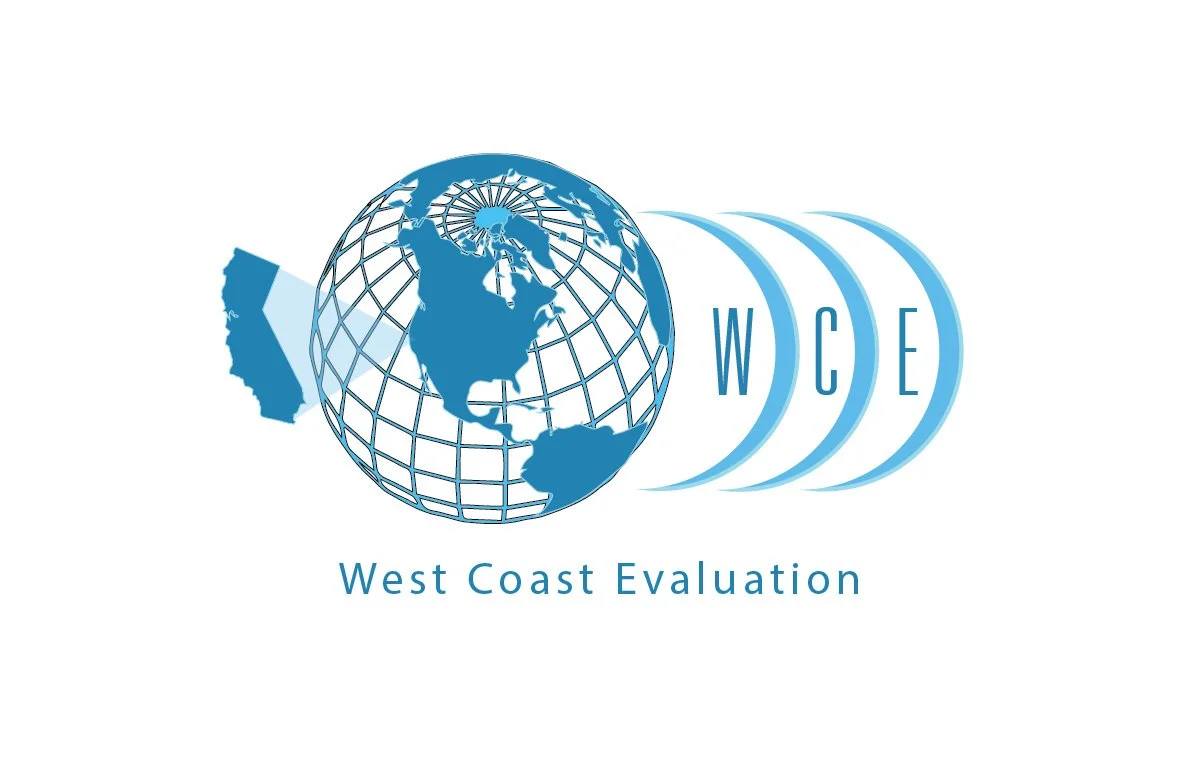Your AI Image Prompt is a Blueprint: How to Engineer Visual Masterpieces (and Avoid the Biggest Mistakes in 2025)
A sketchbook and digital tablet displaying architectural blueprints and an AI-generated luxury home visual rest on a stone table, set against the backdrop of a Mediterranean-inspired Southern California estate at sunset. This scene represents the future of visual storytelling—where advanced prompt engineering, legal compliance, and creative vision come together for high-impact real estate and legal marketing.
Meta Description:
Unlock the secrets of advanced AI image prompt engineering for real estate, legal evidence, and luxury branding. Learn structure, compliance, and best practices for 2025, and download your free Attorney-Ready Prompt Checklist.
I. From Basic Text to Breathtaking Visuals
Ever seen an AI image that demands attention? It’s not luck or magic—it’s blueprint-level prompting. The difference between “a house” and a conversion-winning visual is that a curated scene:
Ultra-high-end Southern California estate entrance, late afternoon warm light, Mediterranean-inspired architecture, elegant wrought iron gate, lush palms, legal & fiduciary tone (no people), cinematic realism, 35mm lens, calm and confident mood, --ar 16:9 --v 6 --style raw --q 2.
This is a visual strategy—controlling light, mood, technical details, and compliance. Every word, every parameter, is a brushstroke.
II. The Grand Tour: Blueprint Elements of a Powerful Prompt
Every unforgettable AI image is built from clear layers:
Subject: What is the focus? “Venice Canals trust estate,” “LA luxury residence,” “virtual staging for probate.”
Environment/Lighting: Time of day, location flavor, unique selling point.
Style & Aesthetic: “Cinematic realism,” “editorial photography,” “muted luxury palette.”
Tech/Photography: “35mm, f/1.8 depth,” “wide shot,” “soft bokeh.”
Mood/Details: “Calm,” “confident,” “inviting,” or “event ready.”
Negative Prompts: “No people,” “no for-sale signs,” “no personal items”—critical for privacy and compliance.
Aspect Ratio: Tailored for MLS, social, or court exhibits.
Pro Tip: Reference images boost results for likeness and brand compliance. Pair 4–7 concise, high-signal phrases for best quality with tools like Midjourney V7 and Stable Diffusion 3.5.
2025 Prompt Engineering Checklist
Pinpoint your subject and context (“Venice Beach trust property”)
Add 4–6 distinctive descriptors (style, materials, mood, light)
Attach/describe any reference or branding
Insert precise negatives (e.g., “no people,” “no watermark”)
Specify technicals (aspect ratio, camera style if needed)
Archive each version for legal/audit purposes
Iterate: Change just one variable each prompt round
III. The Speedrun: A Brief History of Prompting
1950s–2010: From plotter abstractions to DeepDream “style transfers”
GAN Era (2014–21): Photorealism arrives—textures, faces, interior spaces
Text-to-Image Revolution: With DALL-E, Stable Diffusion, and Midjourney, prompts go from vague one-liners to structured creative direction—prompt engineering becomes a professional skillset.
2024–2025: V6/7, SD3.5 respond best to short, layered, positive prompts with references and negatives, not ornate narratives.
IV. Real Estate & Legal: Hype, Headache, and Compliance
Luxury Real Estate Pros:
Benefit from rapid virtual staging, tailored collateral, and faster decision-making.
But face risk: AI “hallucinations,” staging that misleads, copyright murkiness.
Legal, Brokers, and Fiduciaries:
CA SB 942 & AB 723 (2026): Mandate full disclosure of AI-generated images, watermarks, and metadata for MLS and court filings.
Ownership: US law says only humans can own generative art; get explicit licenses for all image use.
Actionable Takeaway:
Never present AI-generated images as unaltered or “real.” Always archive the original prompt, attach reference images for audits, and label digitally staged/modified scenes per compliance regulations.
Boxed FAQ
Q: Can AI images be used in court/probate?
A: Only as supplemental evidence, with full disclosure (prompt, metadata, original). Never as sole documentation or without a robust audit trail.
V. Advanced Tactics: Mastering Iterative Refinement
Don’t just prompt—prototype:
Generate an initial image.
Change ONE thing: color, angle, lighting.
Document revisions for legal/brand compliance.
Upscale for print or legal exhibit clarity (LetsEnhance, Topaz AI).
Attorney-Approved Prompt Example
Venice Beach probate property, sunset lighting, open living space staged for trust sale, no people, court-compliant watermark, --ar 16:9, editorial style, premium soft blue palette.
Purpose:
Used in a legal packet, marketed as “digitally staged,” with full compliance archival.
VI. Looking Ahead: Multi-Modal and Legal-Grade Prompting
Multi-modal prompts (text + ref images + style markers) offer richer, more predictable visual fidelity.
Hyper-real upscaling: Images fit for billboards, courtrooms, or luxury publications.
Brand safety: Pre-built negative lists and references become gold standards for luxury and legal teams.
VII. Conclusion & Downloadable Kit
Mastering prompt engineering means clear vision, compliance, repeatability, and brand differentiation. In 2025, it’s not enough to “paint pictures”—it’s about building workflows, proof, and trust.
Download: [Attorney-Ready AI Prompt Checklist (PDF)] — for legal, real estate, and creative workflows.
Have a bespoke compliance question? Schedule an AI workflow audit or training session—your visuals, your legal shield, your success.



